
Learning how to heat a greenhouse could be necessary for a number of reasons. First off, you live in a cool region and want to try your hand at growing more exotic plants that require plenty of warmth.
You may want to extend the growing season for your plants over winter, or use your greenhouse to encourage early germination for some of your spring crops. Or you simply want somewhere warm to spend time pottering with your plants.
'The scale of heating you need is dependent on what you are growing and what you're trying to achieve,' explains Ali McEnhill, garden expert and owner of The Old Dairy Nursery & Gardens NYC.
Whatever method you decide on, keeping your greenhouse at a warm temperature throughout the winter months will help to keep plants healthy and ward off dampness and disease.
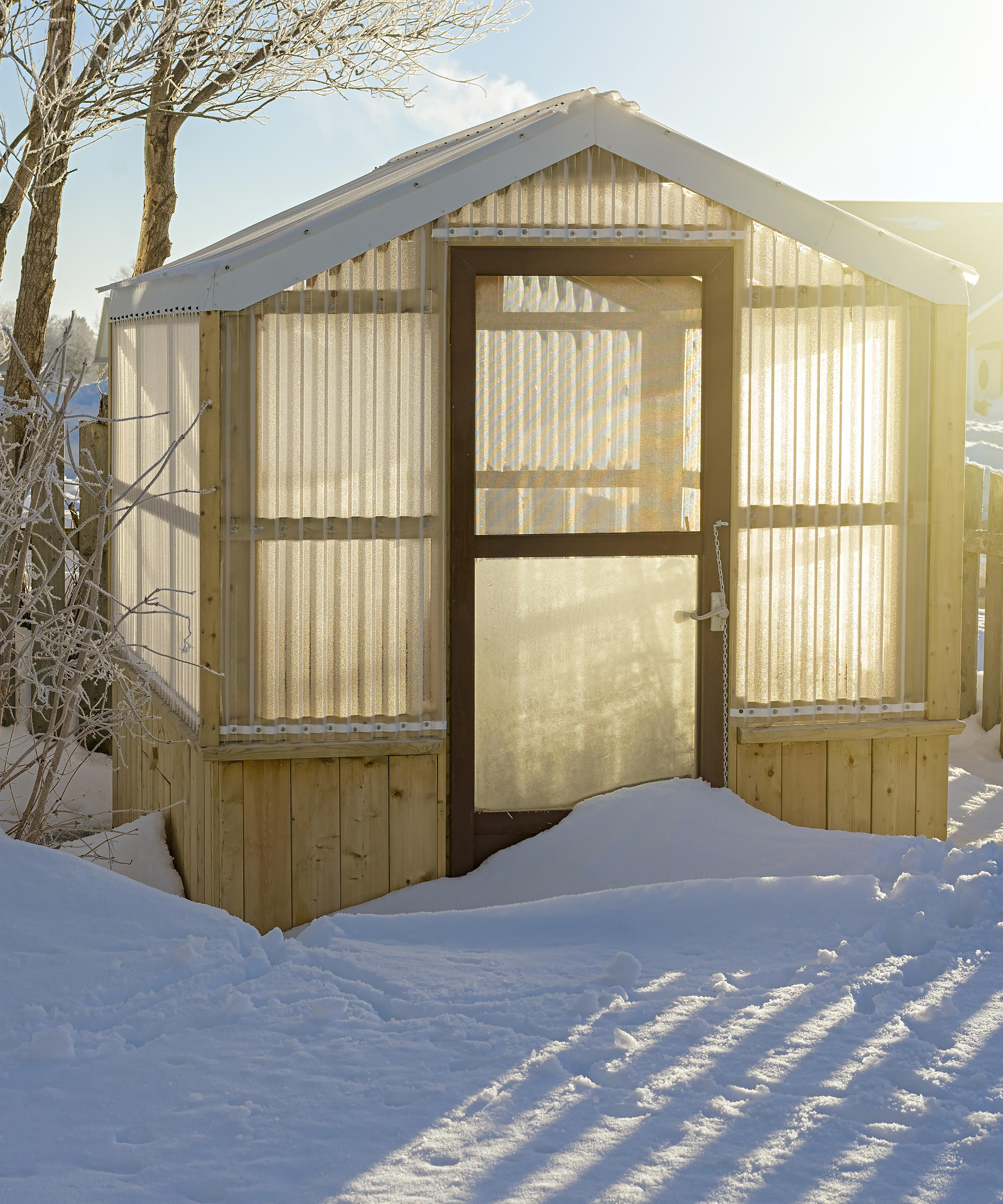
6 ways to heat a greenhouse and protect plants from low temperatures
'If you want to grow tropical plants in a cold climate, you’re going to need a serious heating system - most likely one that relies on oil, gas, or electricity,' explains Ali.
'If you’re looking to winterize a greenhouse to extend the season to grow cold-loving food crops or hardy perennials or annuals, you don’t need to install any supplemental heating system. The greenhouse captures plenty of heat during the day and we simply try to slow the wild swings in temperature,' she says.
1. Using insulation
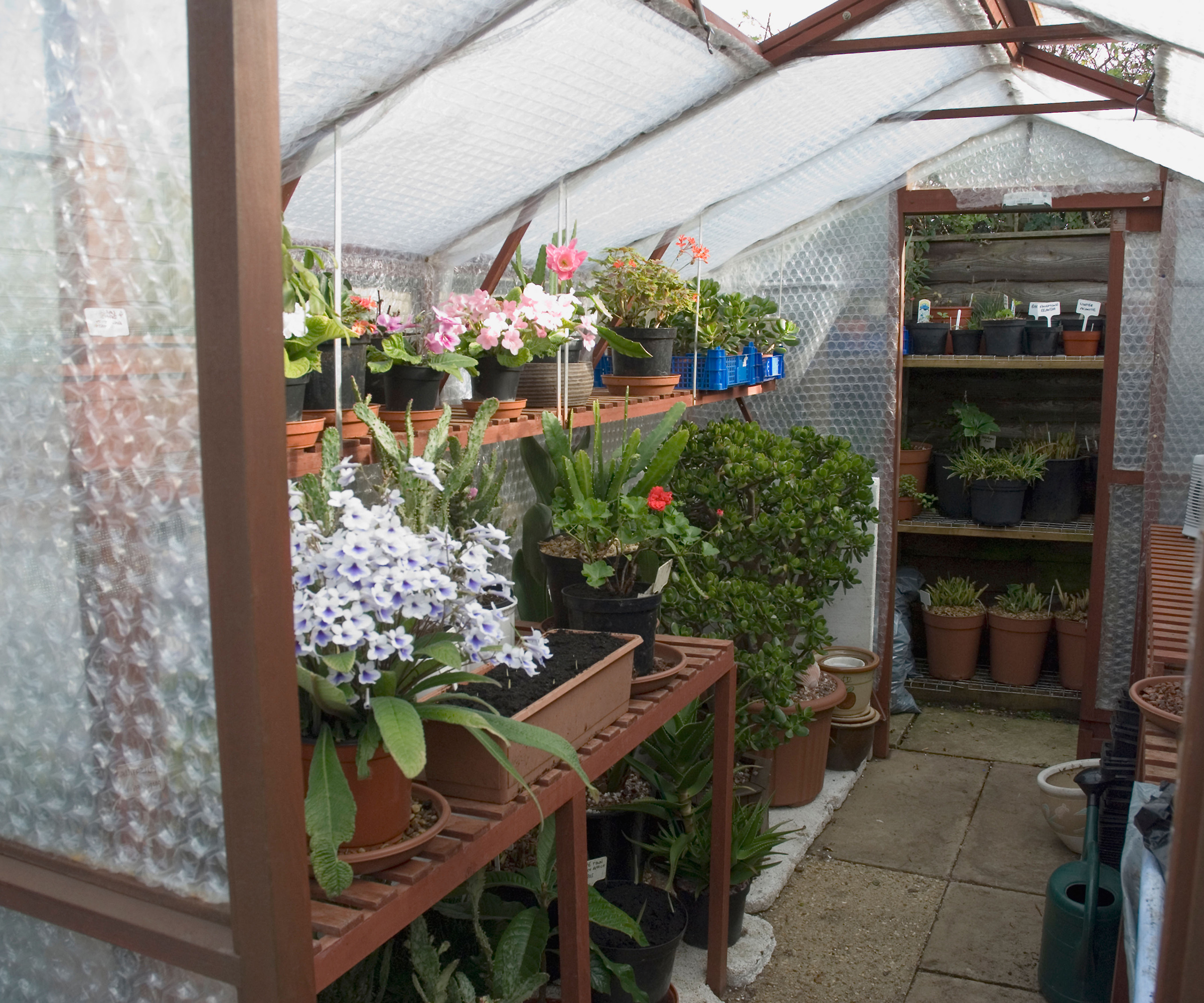
One of the most effective ways to keep a greenhouse warm is by reducing heat loss – whether you're using a supplementary heat source or not.
'As with heating systems, how you insulate your greenhouse really depends on what you're growing,' says Ali.
'If you’re growing tropicals, you're probably going to want to eliminate cold drafts as much as possible. Some people apply bubble wrap to the glass; others protect plants from frost by blanket wrapping them individually.'
'If you really go to town insulating, you need to make sure you have fans constantly circulating the air (another potential cost to consider). Stagnant air breeds fungus and diseases, which will kill plants just as quickly as the cold,' says Ali. Try this Voltset Solar Powered Fan at Amazon.
'If you are simply trying to extend the season and provide protection from the worst winter weather, you really don’t need to worry about insulation. In fact, we throw open the doors each sunny day and allow our plants to experience the season.'
2. A hot bed
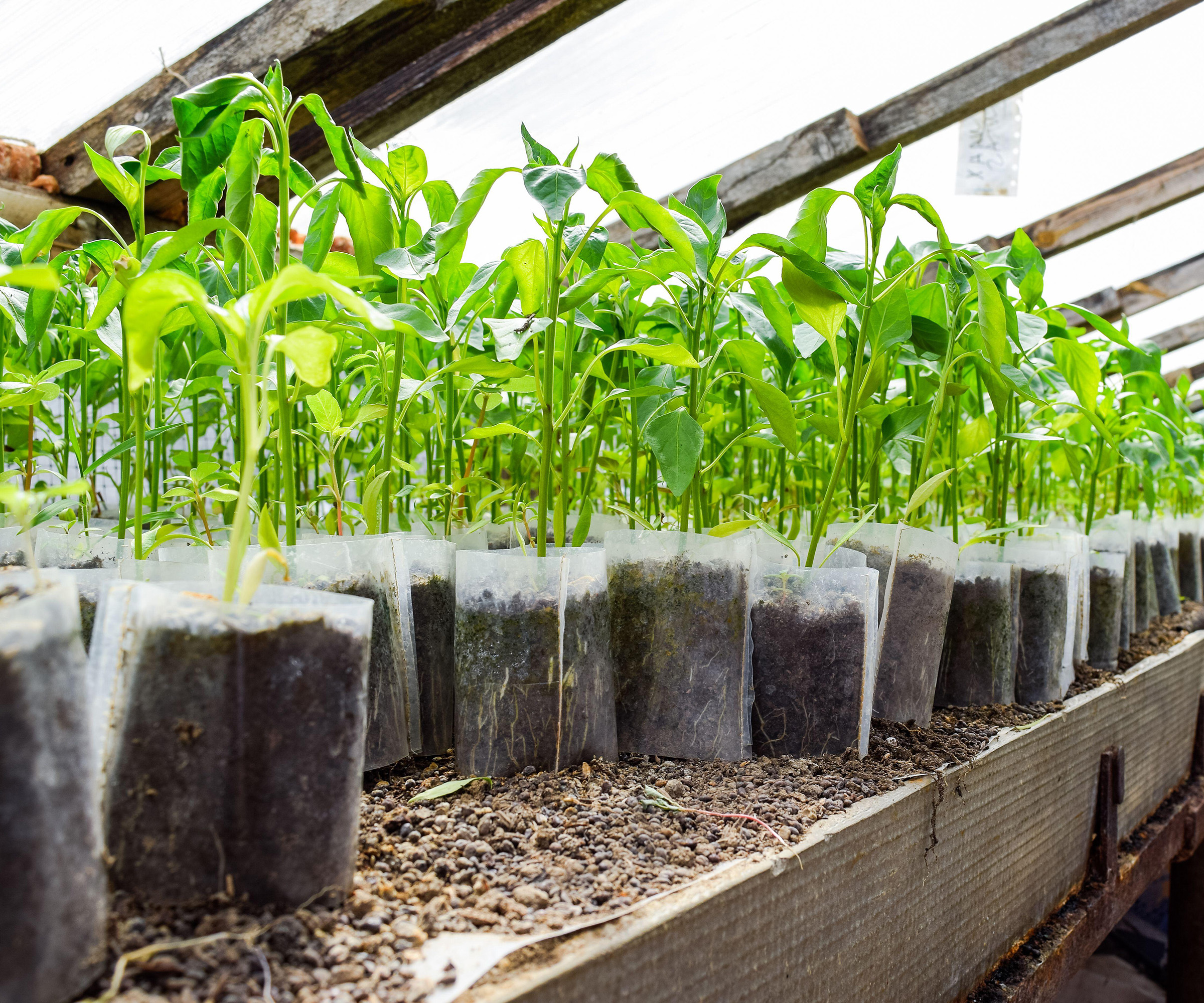
This method will give your seedlings a strong and early start. Building a hot bed is an old-school approach, from before the times of electricity or central heating systems. It's an ingenious method which relies on the heat created by decomposing organic material.
To make a hot bed, raised beds should be filled with organic, compostable material (such as straw or manure) and compressed down, then topped with topsoil and compost. The ratio of organic matter to growing medium should be 3:1.
Crops can be sown directly on top of the hot bed. A cover over the top, such as a small cloche, will warm up soil even further. And, in a couple of months' time, once the compost has cooled and rotted down, you can dig it out and use it in a raised bed garden outdoors.
3. 'Dark mass'
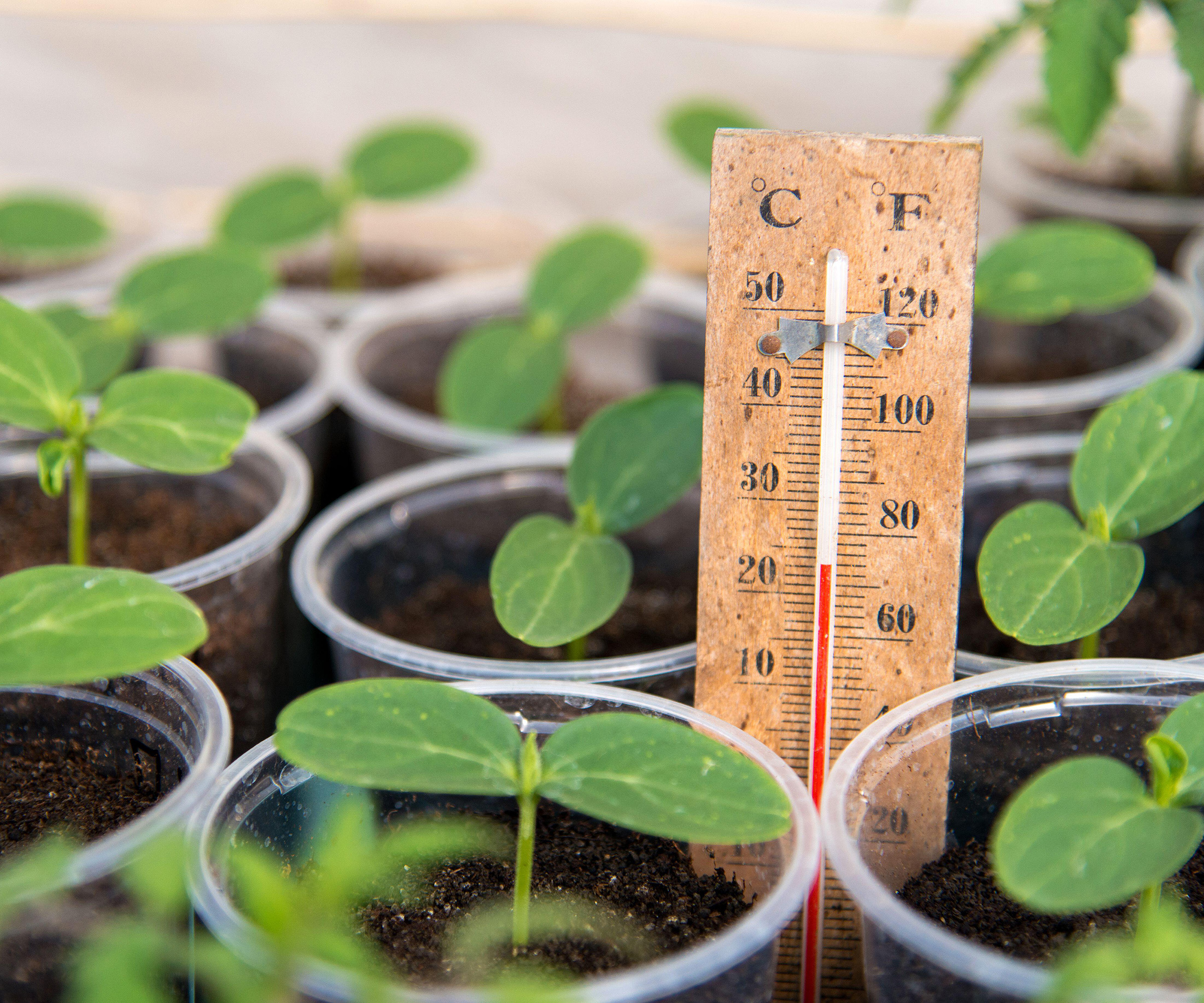
Ali likes this method and uses it in her own nursery greenhouse. 'Black painted water barrels are a great heat sink. They will absorb the heat from the sun in the day (make sure you position them in direct sunlight) and then naturally release it throughout the night.'
'It’s also useful to have water barrels on hand as you will still need to water plants through winter. We get a ton of snow in NYC, so I top the barrels up with snow when the water levels sink,' she says.
This is a great option if you want to heat a greenhouse cheaply. One which requires no installation either.
Another option is to save plastic bottles and paint them black. Rust-Oleum Painter's Touch 2X Ultra Cover Spray Paint at Amazon will adhere to plastic. Fill them with water and leave them on the shelves of your greenhouse.
4. An electric fan heater
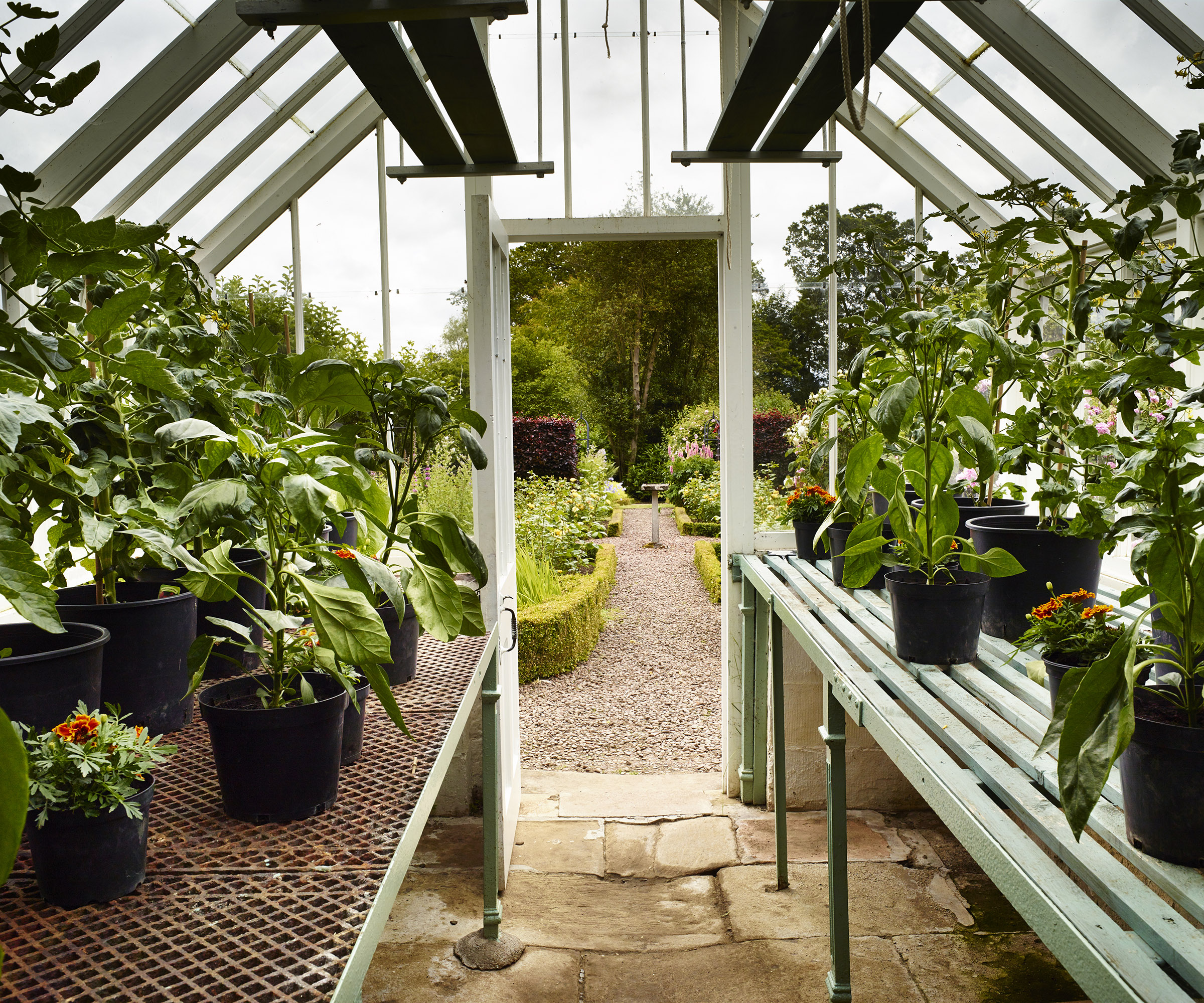
Though efficient at circulating heat, keeping a fan heater on throughout winter in order to maintain an even temperature will have cost, and environmental implications.
If you do choose this option you will need to factor in an electrical outlet when planning a greenhouse, one which has been properly installed. You will need to choose one which is specifically for use in greenhouses, not an indoor fan heater. Make sure it has a thermostat function so you can keep close control over the temperature. Like this greenhouse heater with digital thermostat at Amazon.
5. A solar heating system
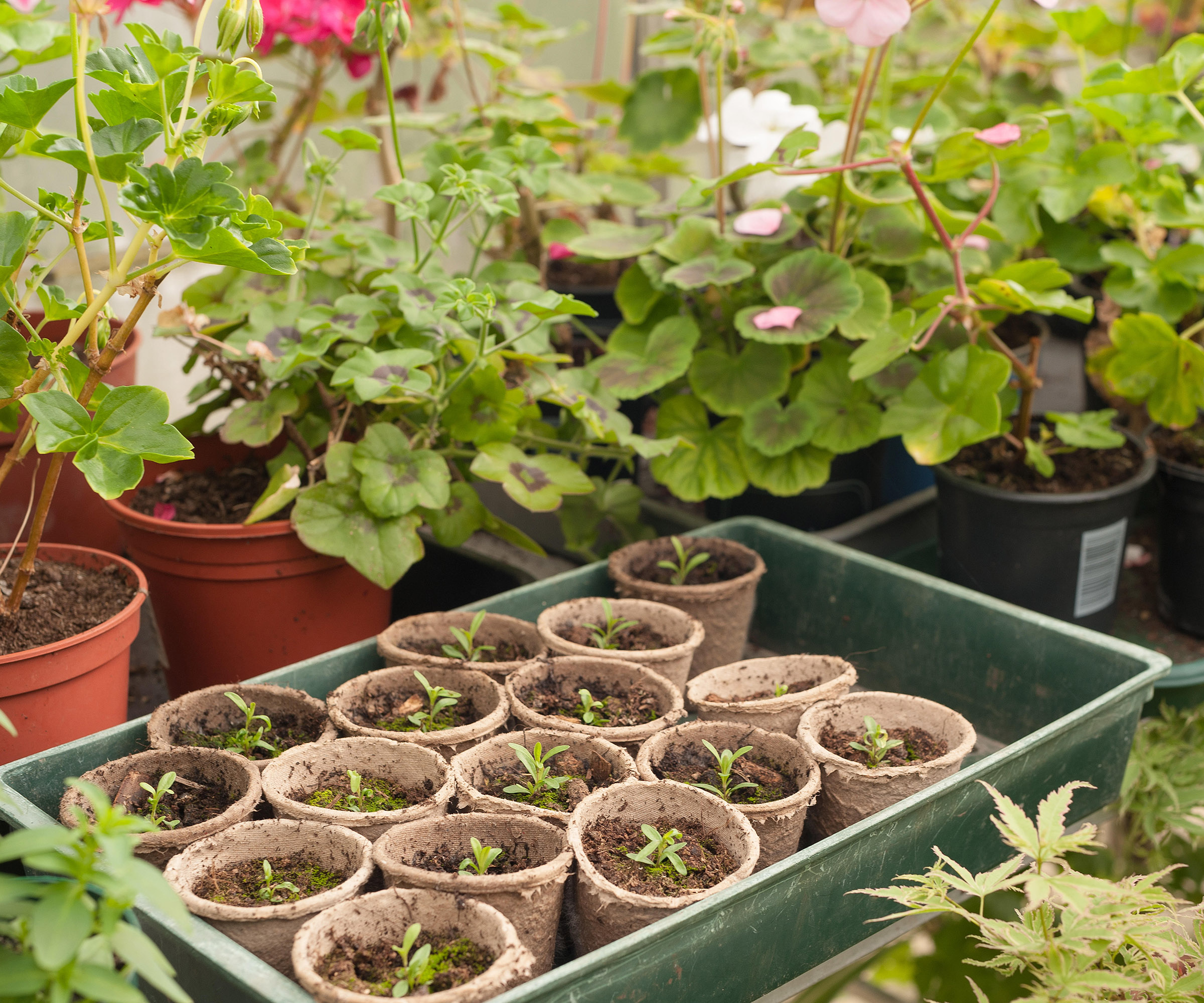
If you want to heat your greenhouse constantly to maintain warmer temperatures, this is achievable using passive methods. In order to grow topical plants for example. One way is to have a hydronic heating system installed, which uses solar panels.
Though expensive, if you are serious about heating your greenhouse, this can be seen as a better long term investment than oil, gas or electric heat sources.
However Ali McEnhill feels there really is no need to add extra solar heat for standard domestic greenhouses, as they are already designed to capture it. 'You can, of course, purchase supplemental solar heaters. There are an enormous number of options on the market these days,' she says.
6. A hot water pipe system
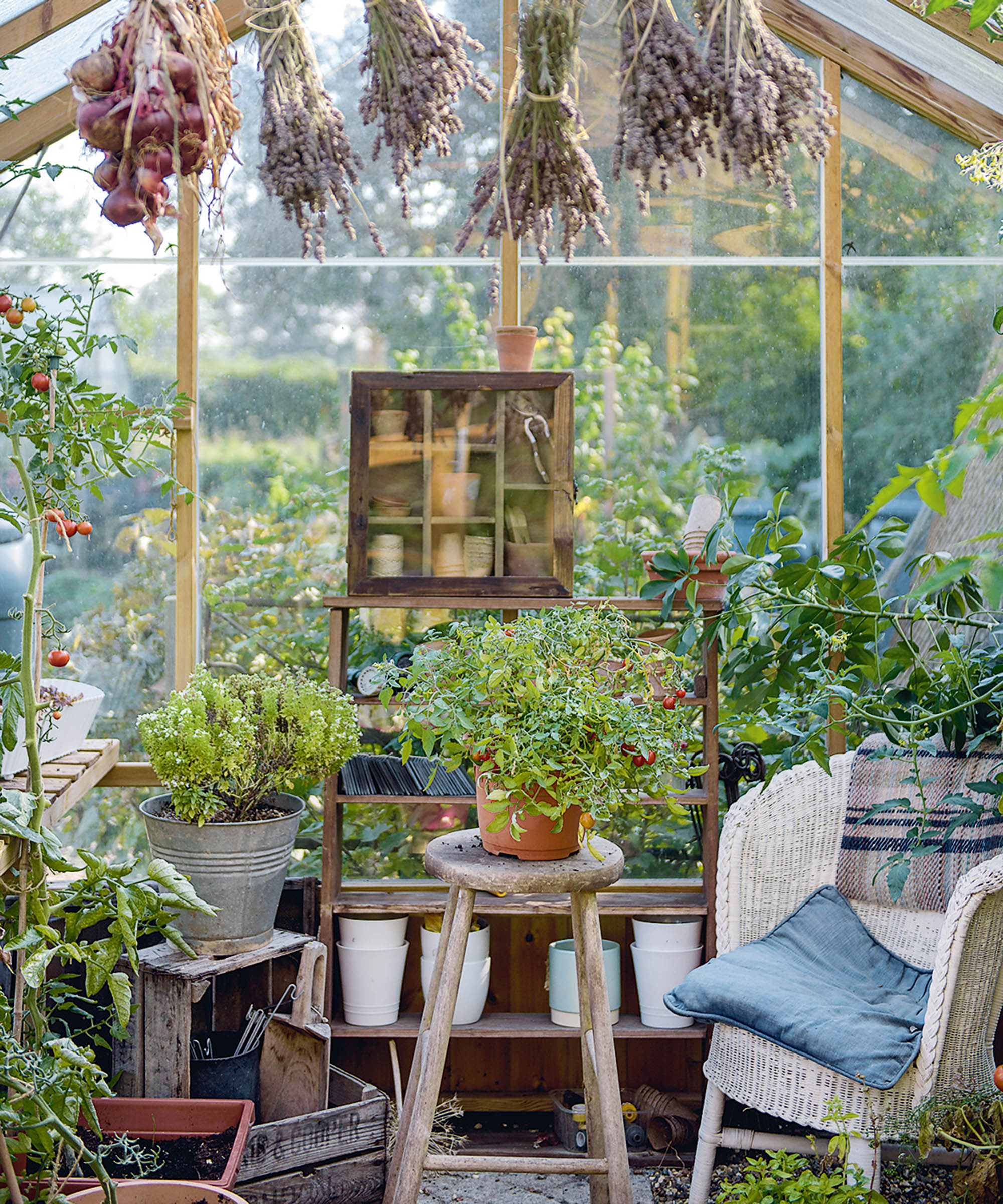
This method would only be necessary for very large structures and is a big investment.
A hot water pipe system with a boiler powered by gas or oil is the usual option for a greenhouse. This can be installed around the walls of the structure or under the floor. A good greenhouse tip is that thermostats should be placed away from drafts so they can give an accurate reading.
For a sustainable garden, consider a biomass boiler, which is fuelled by wood pellets, wood chips, or other renewable materials. They can cut the running costs even further, however, installation can be pricey.
FAQs
How warm should a greenhouse be?
As well as knowing how to heat a greenhouse, you will need to know how warm a greenhouse should actually be. 'It depends on what you’re growing, says Ali McEnhill, plant specialist and owner of The Old Dairy Nursery & Gardens NYC.
'Tropical plants have very different requirements than cold-weather veg, hardy annuals, or hardy perennials.'
A minimum temperature of 37ºF is sufficient to sustain many tender plants. However, it can still create risks if they get damp. Therefore, aim for 45ºF - 50ºF.
Don't forget that there is such a thing as a too-hot greenhouse. 90°F is generally considered too warm, whereby you will need to take steps to ventilate the space and provide shade to prevent plants from harm.
Do you need to heat your entire greenhouse?
Whether you need to heat your entire greenhouse or not really depends on what you are planning to grow, and how cold your region gets.
If you have a mix of tender and frost hardy plants, partition off the more vulnerable ones with a layer of bubble wrap or polythene, for instance. That way, you can concentrate your heating methods into a smaller space, which will up the efficiency and save on costs.
Don't forget about heated propagators, too, if you are simply looking to give seedlings a healthy start.
Is it worth heating a greenhouse?
Unless you're undergoing serious projects, like growing tropical plants in a cold climate, it is not worth paying to install and maintain a supplemental heating system in your greenhouse.
'Heating a greenhouse can be cost prohibitive in the extreme,' explains Ali McEnhill, plant specialist and owner of The Old Dairy Nursery & Gardens NYC.
Greenhouses are designed to harness the sun's warmth and there are ways, besides heating, to increase temperatures in your greenhouses over the cold months. Such as insulation.
If you decide you do want to heat your greenhouse, fan heaters are probably the least expensive for upfront costs, however you will need to consider what your ongoing energy bills.
Unless you are using your greenhouse on a semi-industrial scale, want to grow tender exotic plants, or to have somewhere cozy to enjoy gardening during the cold months, heating a greenhouse is not a worthwhile cost.
We prefer the more passive methods, which will effectively keep your greenhouse warm enough over winter to keep your crops and other plants alive and well. They are friendlier to the environment, as well as your bank balance.







